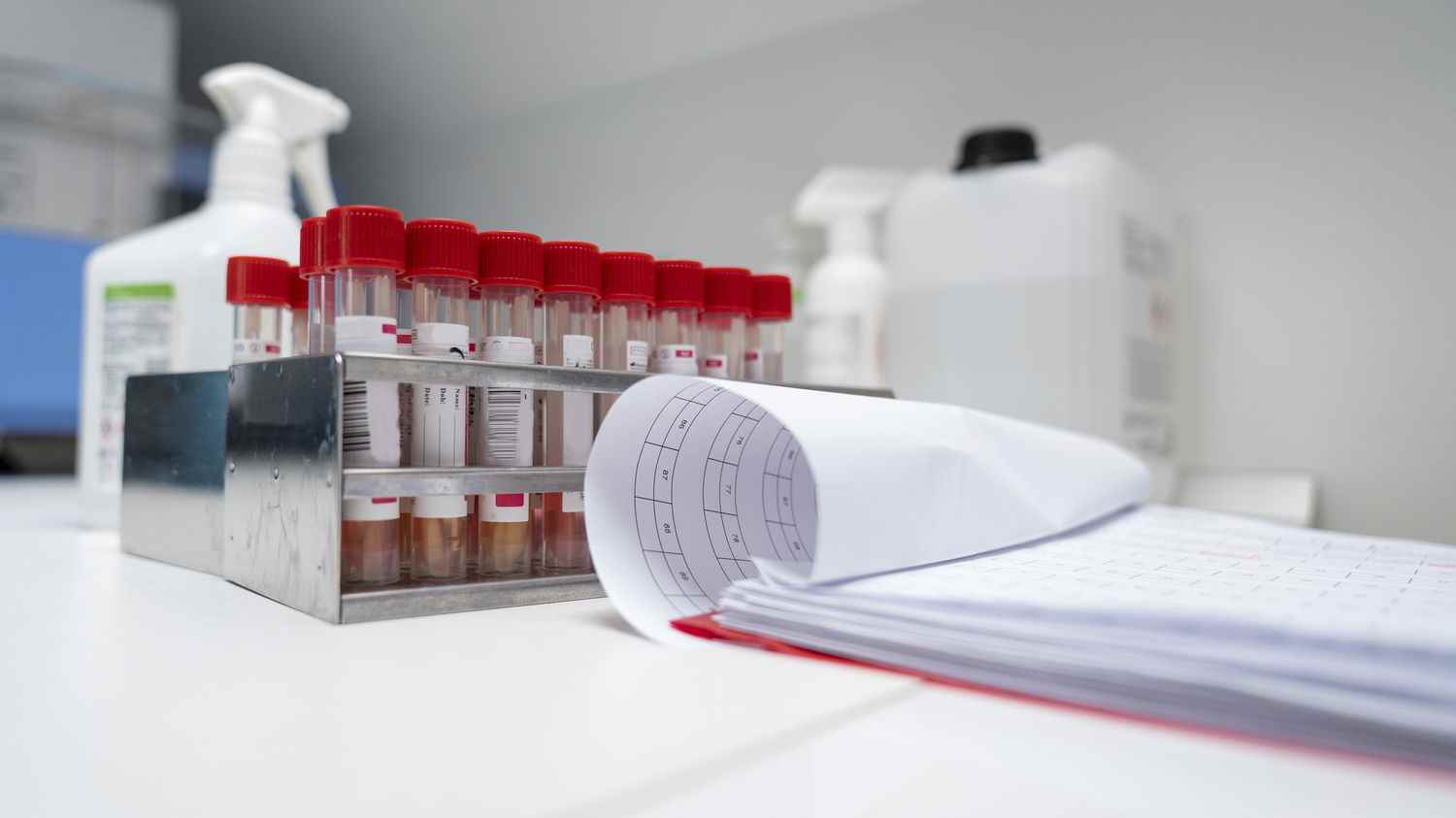“Urgent and coordinated action is imperative if we are to change course in the race against the spread of the disease.” The director of the European branch of the World Health Organization (WHO), Hans Kluge, issued the warning on Friday July 1, as monkeypox continues to spread on the European continent. According to data from the UN agency, the region now has more than 4,500 laboratory-confirmed cases, three times more than in mid-June. The UK is the worst affected country with 1,076 cases, according to data from the European Center for Disease Prevention and Control (ECDC). France had nearly 500 on Friday, according to Public Health France.
This WHO reminder comes asa study, published in the Lancet Infectious Diseases (in English), analyzes the symptoms identified in the first infected British patients. Conducted with around fifty patients, this research is among the first to characterize the clinical specificities of the current epidemic. The sample matches more than half of the patients identified in the UK in May. In them, monkeypox manifested differently than scientists knew.
A lower fever
Among the recurring symptoms of monkeypox, scientists have identified fever. According to observations made on patients in Africa, a rise in temperature is considered almost systematic. It is accompanied by strong headaches, muscle aches, as well as inflammation of the lymph nodes. Back pain and fatigue may also appear.
According to the results of the British study, 57% of the patients studied experienced these symptoms. Not only are bouts of fever less frequent, but they also appear much shorter and require far fewer hospitalizations.
More targeted lesions
Another typical manifestation of the disease: skin lesions that appear “usually one to three days after onset of fever”, says the WHO. These eruptions are generally concentrated more on the face (in 95% of cases), the palms of the hands and the soles of the feet (75%). The oral mucous membranes (70%), the genitals (30%) and the conjunctivae (20%), as well as the cornea are also affected.
Among the fifty British patients observed, the vast majority (94%) suffered from lesions concentrated around the genitals. For the authors of the study, this specificity suggests that the first British cases were contaminated by contact during sexual relations. This does not mean that the disease has become sexually transmitted. The hypothesis of transmission by contact during sexual relations corresponds to the well-established notion that contamination is possible by touching a skin lesion in another patient. Monkeypox is transmitted by very close contact and 99% of cases currently concern young men (20 to 40 years old) having sex with other men, recalls the WHO.
No major genetic modification of the virus
These slightly different symptoms do not mean that a new version of the virus has appeared, as may be the case for Covid-19 whose variants are multiplying. “There is no major genetic modification” in sequenced viruses in current patients, pulmonologist Hugh Adler told AFP.
The majority of European – and American – cases have so far been recorded in men who have had homosexual relations, but they are not the only ones concerned. More broadly, the authors of the study consider that their observations plead to broaden the definition of the disease, in order to better detect new cases. They recommend, for example, not to insist so much on a fever. Hugh Adler believes that in Africa, many cases, without fever or with limited lesions, may have gone undetected, biasing comparisons.
Most often mild, monkeypox usually heals spontaneously after two to three weeks.
